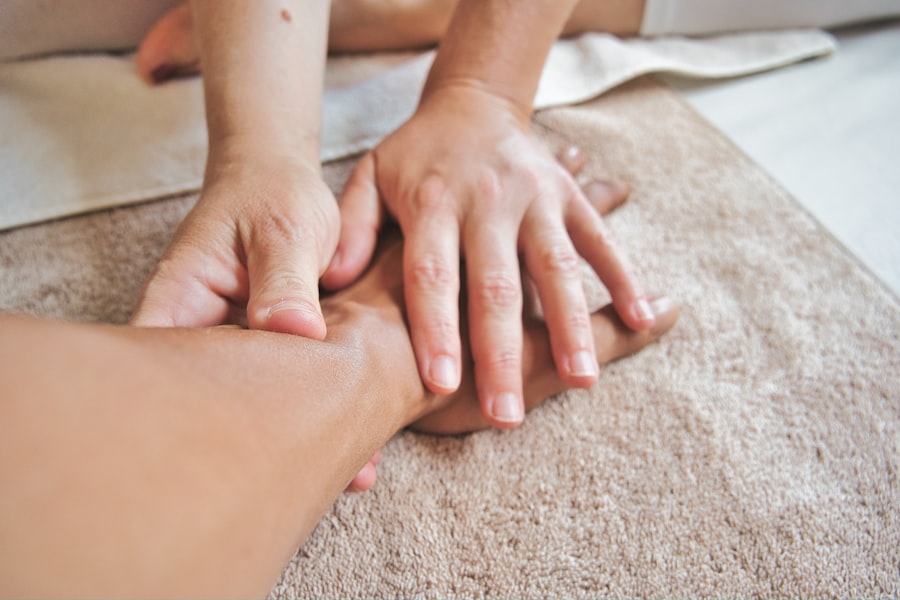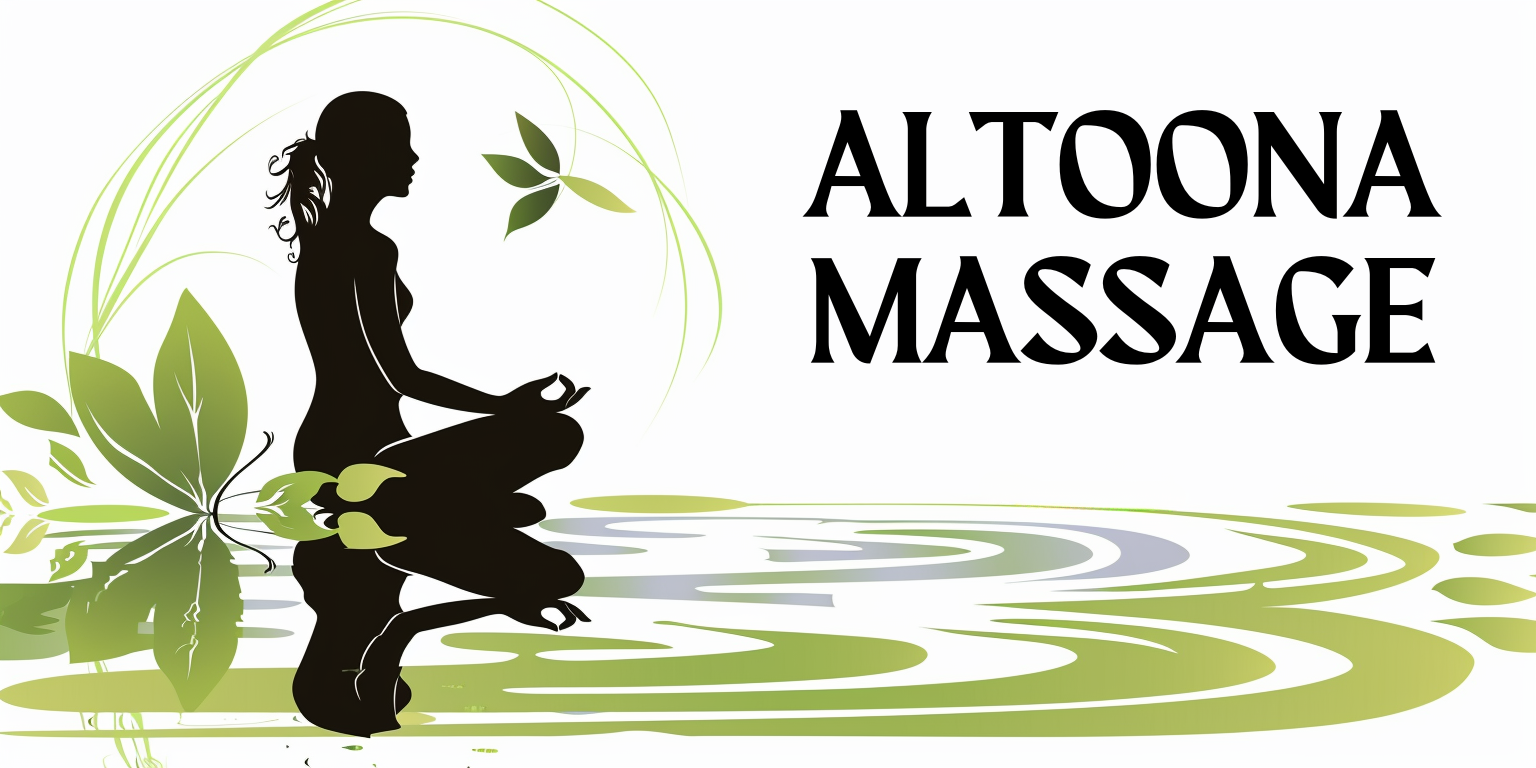Ayurvedic massage is a therapeutic practice rooted in the ancient Indian system of Ayurveda, which emphasizes balance and harmony within the body, mind, and spirit. This form of massage is not merely a physical treatment; it is a holistic approach that seeks to restore equilibrium by addressing the unique constitution of each individual. By utilizing specific oils, techniques, and movements, Ayurvedic massage aims to promote relaxation, detoxification, and rejuvenation.
You may find that this practice incorporates various elements such as rhythmic strokes, gentle pressure, and the application of herbal oils tailored to your dosha, or body type. In Ayurvedic philosophy, the body is viewed as a complex interplay of energies known as doshas—Vata, Pitta, and Kapha. Each person has a unique combination of these energies that influences their physical and emotional health.
During an Ayurvedic massage session, the practitioner assesses your dosha to determine the most suitable oils and techniques for your treatment. This personalized approach ensures that the massage not only addresses physical tension but also aligns with your overall well-being, making it a deeply restorative experience.
Key Takeaways
- Ayurvedic massage is a traditional Indian healing practice that focuses on balancing the body, mind, and spirit through touch and manipulation of the body’s energy channels.
- The history and origins of Ayurvedic massage can be traced back to ancient Indian texts and scriptures, where it was considered an essential part of daily self-care and healing rituals.
- The principles and philosophy of Ayurvedic massage are based on the belief that each person has a unique constitution, or dosha, and that massage can help restore balance and harmony to the individual.
- Techniques and practices of Ayurvedic massage include the use of specific oils, rhythmic strokes, and pressure points to release tension, improve circulation, and promote overall well-being.
- The physical benefits of Ayurvedic massage include pain relief, improved flexibility, detoxification, and enhanced immune function, making it a popular choice for those seeking natural healing methods.
History and Origins of Ayurvedic Massage
The roots of Ayurvedic massage can be traced back over 5,000 years to the ancient texts of Ayurveda, which originated in India. These texts, such as the Charaka Samhita and Sushruta Samhita, provide comprehensive guidelines on health, wellness, and healing practices. You might find it fascinating that Ayurvedic principles were developed through observation and experience, with practitioners documenting their findings over centuries.
This rich history has led to a deep understanding of how the body functions and how various treatments can promote health. As Ayurveda evolved, so did its practices, including massage. Initially used for medicinal purposes, Ayurvedic massage was often performed by trained healers who understood the intricacies of the human body.
Over time, it became more accessible to the general population as a means of relaxation and rejuvenation. Today, you can see a resurgence in interest in Ayurvedic practices worldwide, as people seek natural and holistic methods to enhance their well-being. The enduring legacy of Ayurvedic massage speaks to its effectiveness and the timeless wisdom it embodies.
Principles and Philosophy of Ayurvedic Massage

At the heart of Ayurvedic massage lies the philosophy of balance. According to Ayurveda, health is achieved when there is harmony among the body, mind, and spirit. You may resonate with the idea that imbalances in your doshas can lead to physical ailments and emotional distress.
Ayurvedic massage seeks to restore this balance by addressing not only the physical symptoms but also the underlying causes of discomfort. This holistic perspective encourages you to view your health as an interconnected system rather than isolated parts. Another fundamental principle of Ayurvedic massage is the concept of energy flow.
The practice recognizes that energy pathways, known as nadis, run throughout your body. Blockages in these pathways can lead to stagnation and discomfort. Through specific techniques such as Abhyanga (oil massage) and Shirodhara (oil poured on the forehead), Ayurvedic massage aims to stimulate these energy channels, promoting circulation and enhancing overall vitality.
By understanding these principles, you can appreciate how Ayurvedic massage goes beyond mere relaxation; it is a transformative experience that nurtures your entire being.
Techniques and Practices of Ayurvedic Massage
Ayurvedic massage encompasses a variety of techniques designed to cater to your individual needs. One of the most well-known methods is Abhyanga, which involves the application of warm herbal oils in rhythmic strokes across the body. This technique not only relaxes your muscles but also nourishes your skin and promotes detoxification.
You may find that the warmth of the oil combined with the gentle pressure helps release tension and enhances your overall sense of well-being. Another popular technique is Shirodhara, where warm oil is poured in a steady stream onto your forehead. This practice is particularly beneficial for calming the mind and alleviating stress.
As you experience this soothing sensation, you may notice a profound sense of tranquility enveloping you. Additionally, practitioners may incorporate other techniques such as Marma therapy, which focuses on specific energy points in the body to release blockages and restore balance. Each technique serves a unique purpose, allowing you to tailor your experience based on your specific needs and preferences.
Benefits of Ayurvedic Massage for Physical Health
The benefits of Ayurvedic massage for physical health are extensive and well-documented. One of the primary advantages is its ability to alleviate muscle tension and pain. As you undergo an Ayurvedic massage session, the combination of warm oils and skilled techniques works to release tight muscles and improve flexibility.
You may find that chronic pain conditions such as back pain or joint discomfort are significantly reduced after just a few sessions. Moreover, Ayurvedic massage promotes detoxification by stimulating lymphatic drainage and enhancing circulation. This process helps eliminate toxins from your body while delivering essential nutrients to your cells.
You might notice improvements in your skin’s appearance as well; regular massages can lead to a healthier complexion by increasing blood flow and nourishing your skin with herbal oils. Additionally, many individuals report improved sleep quality after receiving Ayurvedic massages, as relaxation techniques help calm the nervous system and prepare your body for restorative rest.
Benefits of Ayurvedic Massage for Mental and Emotional Well-being

In addition to its physical benefits, Ayurvedic massage plays a significant role in enhancing mental and emotional well-being. The calming effects of this practice can help reduce stress levels and promote relaxation. As you lie on the massage table, you may feel your worries melt away with each stroke of the therapist’s hands.
This deep state of relaxation allows you to reconnect with yourself and cultivate a sense of inner peace. Furthermore, Ayurvedic massage can help alleviate symptoms of anxiety and depression by promoting the release of endorphins—your body’s natural feel-good hormones. You might find that after a session, you feel lighter both physically and emotionally.
The personalized approach of Ayurvedic massage also fosters a sense of self-awareness; as you explore your body’s responses during treatment, you may gain insights into areas where you hold tension or stress. This awareness can empower you to make positive changes in your life beyond the massage room.
Ayurvedic Massage and its Role in Holistic Healing
Ayurvedic massage is an integral part of holistic healing practices that consider the whole person—body, mind, and spirit—rather than just treating symptoms in isolation. By addressing all aspects of your being, this form of massage encourages a deeper understanding of your health journey. You may find that it complements other healing modalities such as yoga or meditation, creating a comprehensive approach to wellness.
Incorporating Ayurvedic principles into your lifestyle can further enhance the benefits of massage. For instance, adopting dietary recommendations based on your dosha can support your overall health goals. You might also explore herbal remedies or lifestyle changes that align with Ayurvedic teachings.
By embracing this holistic perspective, you empower yourself to take charge of your well-being and cultivate a more balanced life.
Finding an Ayurvedic Massage Practitioner or Center
If you’re interested in experiencing the benefits of Ayurvedic massage for yourself, finding a qualified practitioner or center is essential. Start by researching local wellness centers or spas that specialize in Ayurveda; many offer introductory sessions or consultations to help you understand their approach better. You may also want to seek recommendations from friends or family who have had positive experiences with Ayurvedic treatments.
When selecting a practitioner, consider their training and experience in Ayurveda. A knowledgeable therapist will take the time to assess your dosha and tailor the treatment accordingly. Don’t hesitate to ask questions about their techniques or philosophy; this will help ensure that you feel comfortable and confident in their care.
As you embark on this journey into Ayurvedic massage, remember that it is not just about relaxation; it is an opportunity for profound healing and self-discovery that can enrich your life in countless ways.
FAQs
What is Ayurvedic massage?
Ayurvedic massage is a traditional Indian form of massage that incorporates the use of warm oils and specific techniques to promote balance and healing within the body.
What are the benefits of Ayurvedic massage?
Ayurvedic massage is believed to promote relaxation, improve circulation, detoxify the body, and balance the body’s energy systems. It is also thought to help with muscle and joint pain, improve skin health, and promote overall well-being.
What are some common techniques used in Ayurvedic massage?
Common techniques used in Ayurvedic massage include long, flowing strokes, kneading, and pressure point stimulation. The massage therapist may also use specific oils and herbal preparations tailored to the individual’s dosha, or body type.
What are the different types of Ayurvedic massage?
There are several types of Ayurvedic massage, including Abhyanga (full body massage), Shirodhara (oil pouring on the forehead), and Pizhichil (oil bath). Each type of massage has specific benefits and uses.
Is Ayurvedic massage suitable for everyone?
Ayurvedic massage can be beneficial for many people, but it is important to consult with a qualified Ayurvedic practitioner or massage therapist to determine if it is suitable for your individual needs and health conditions. Pregnant women and individuals with certain medical conditions should seek professional advice before receiving Ayurvedic massage.
